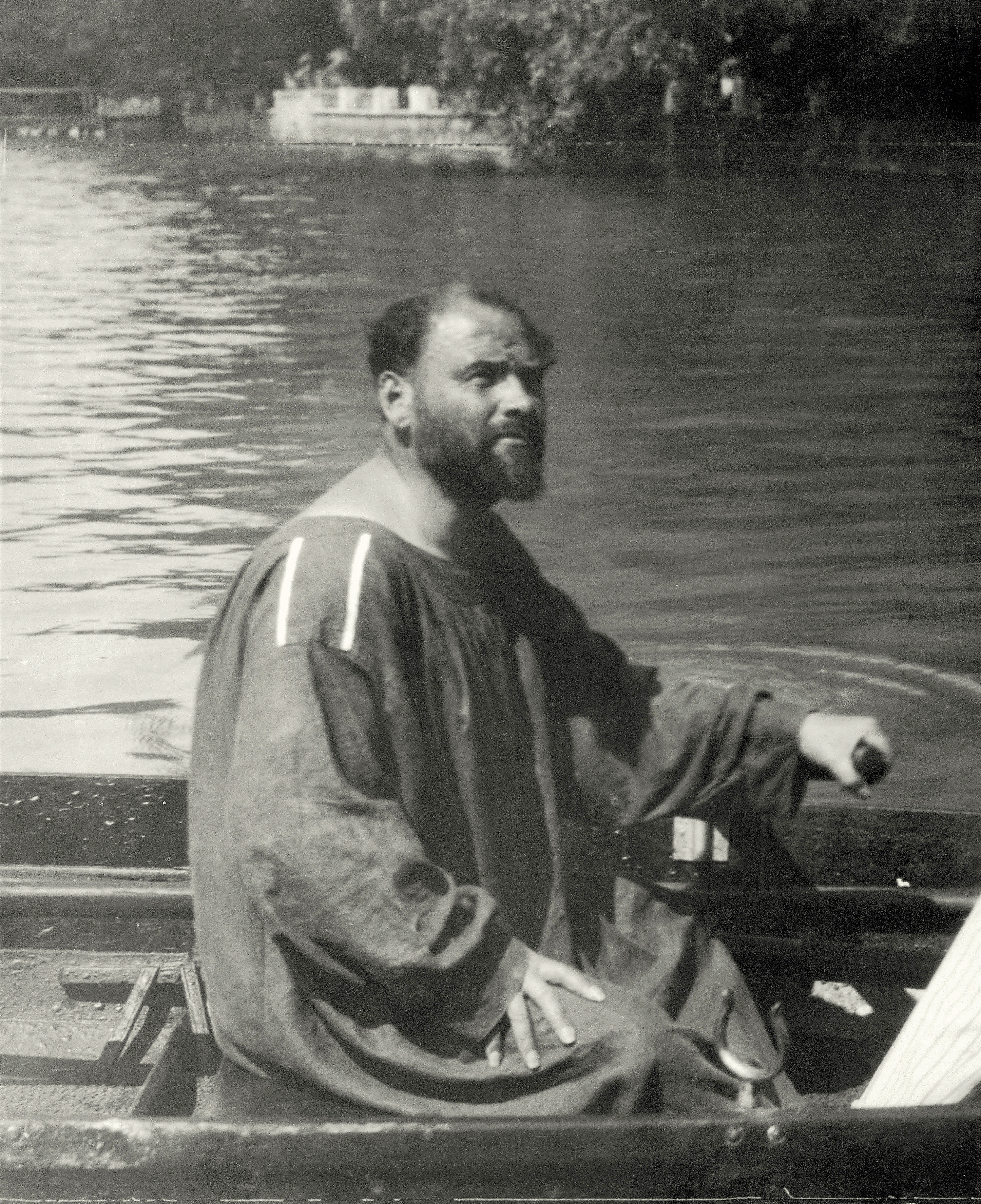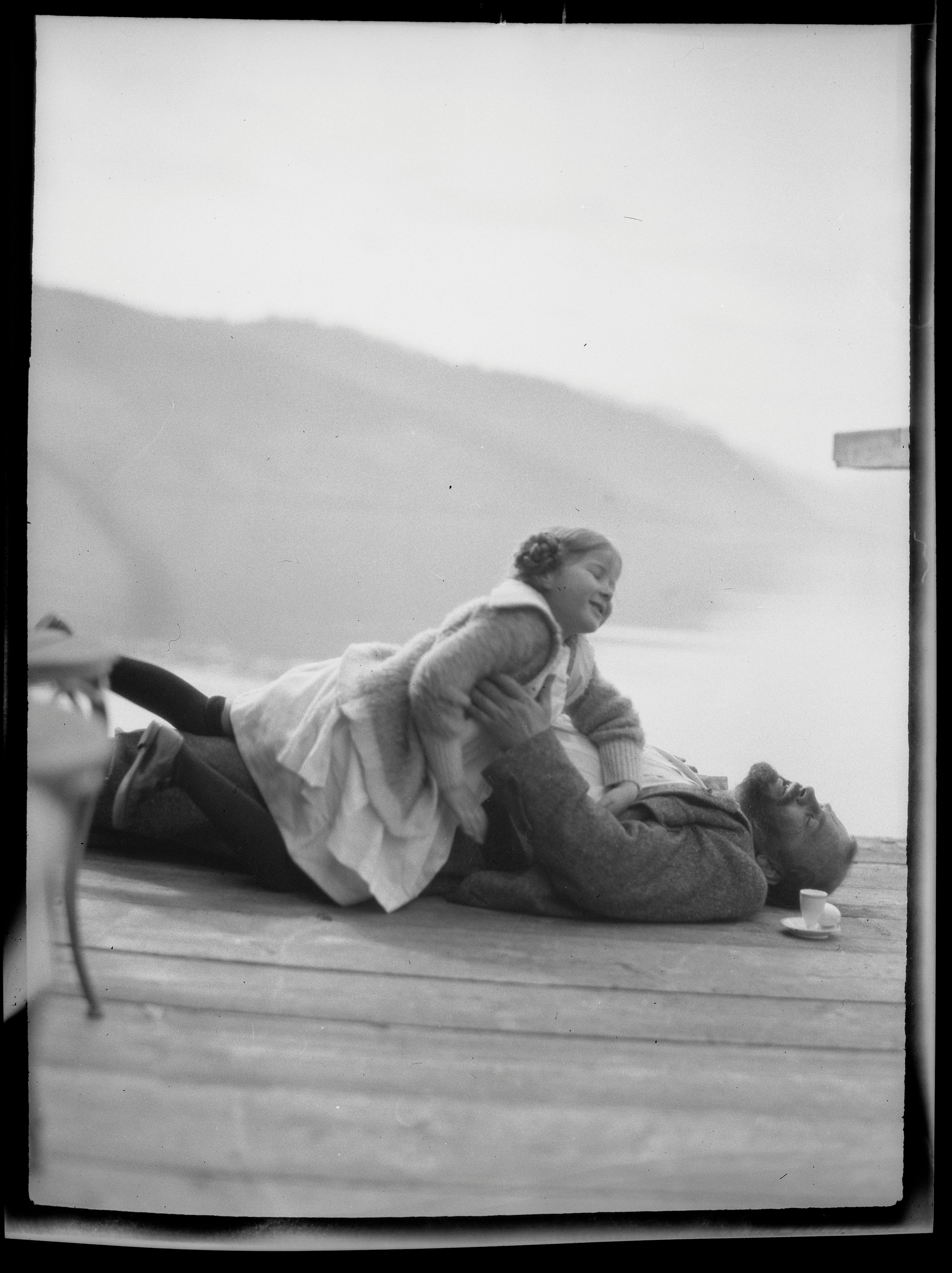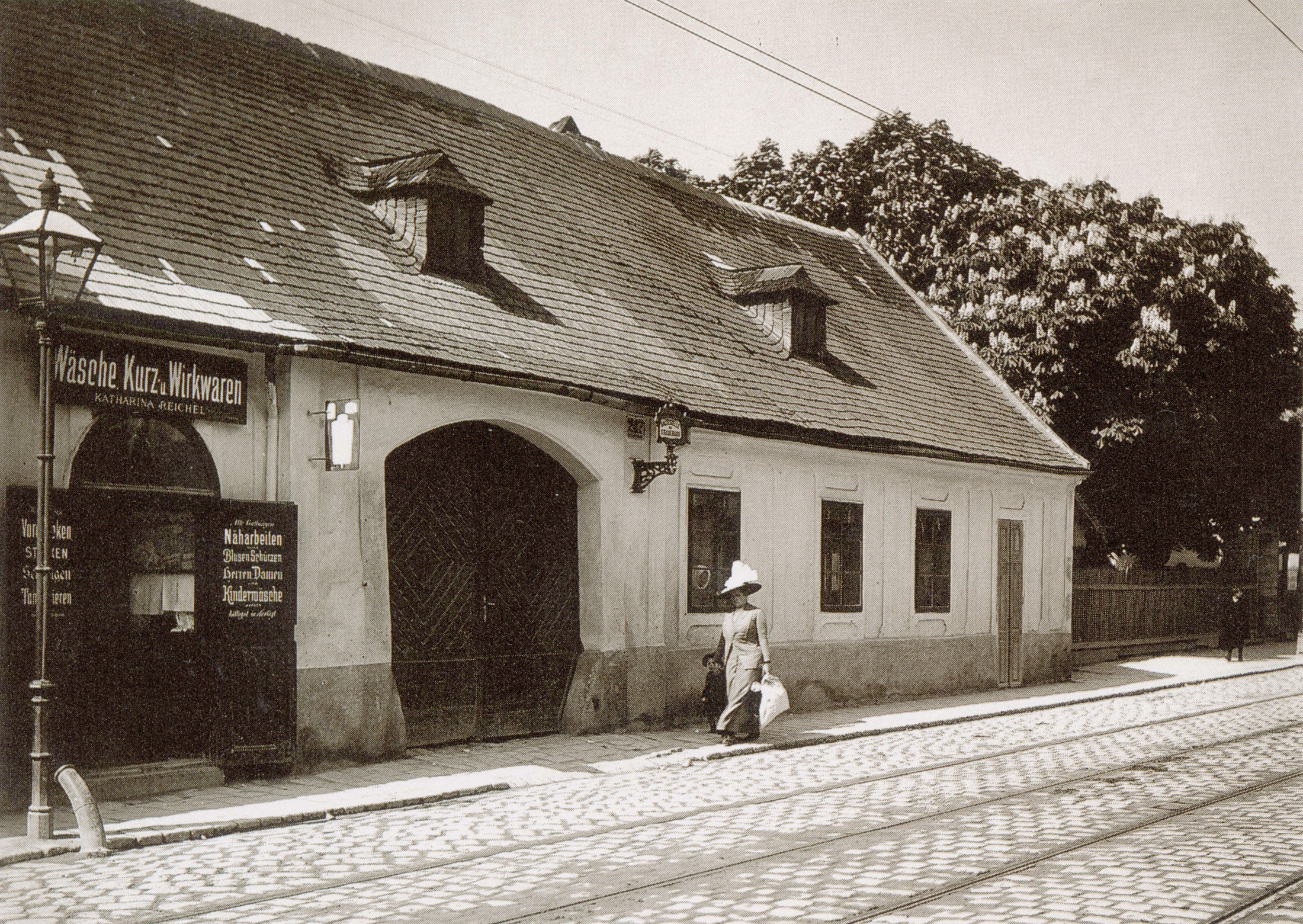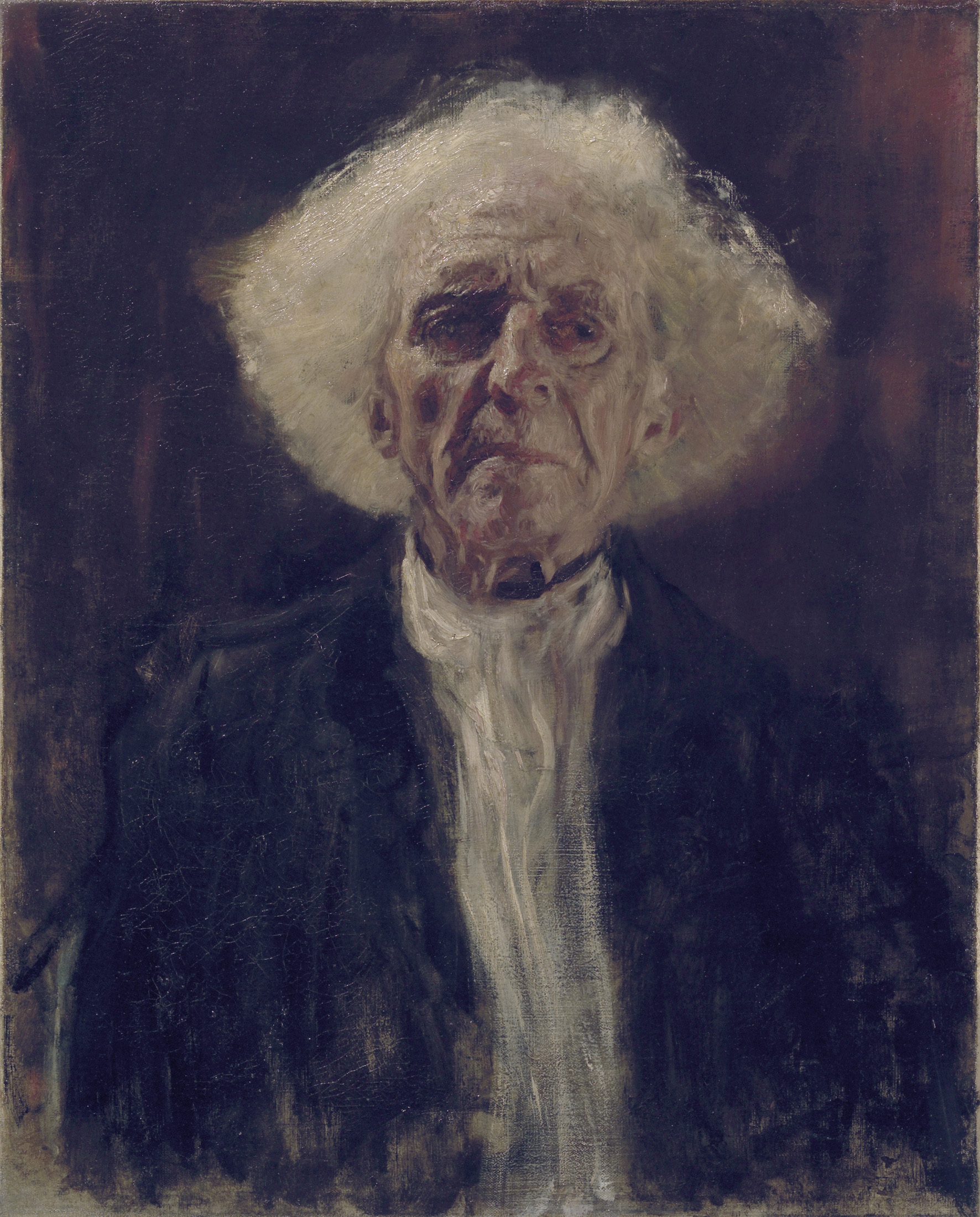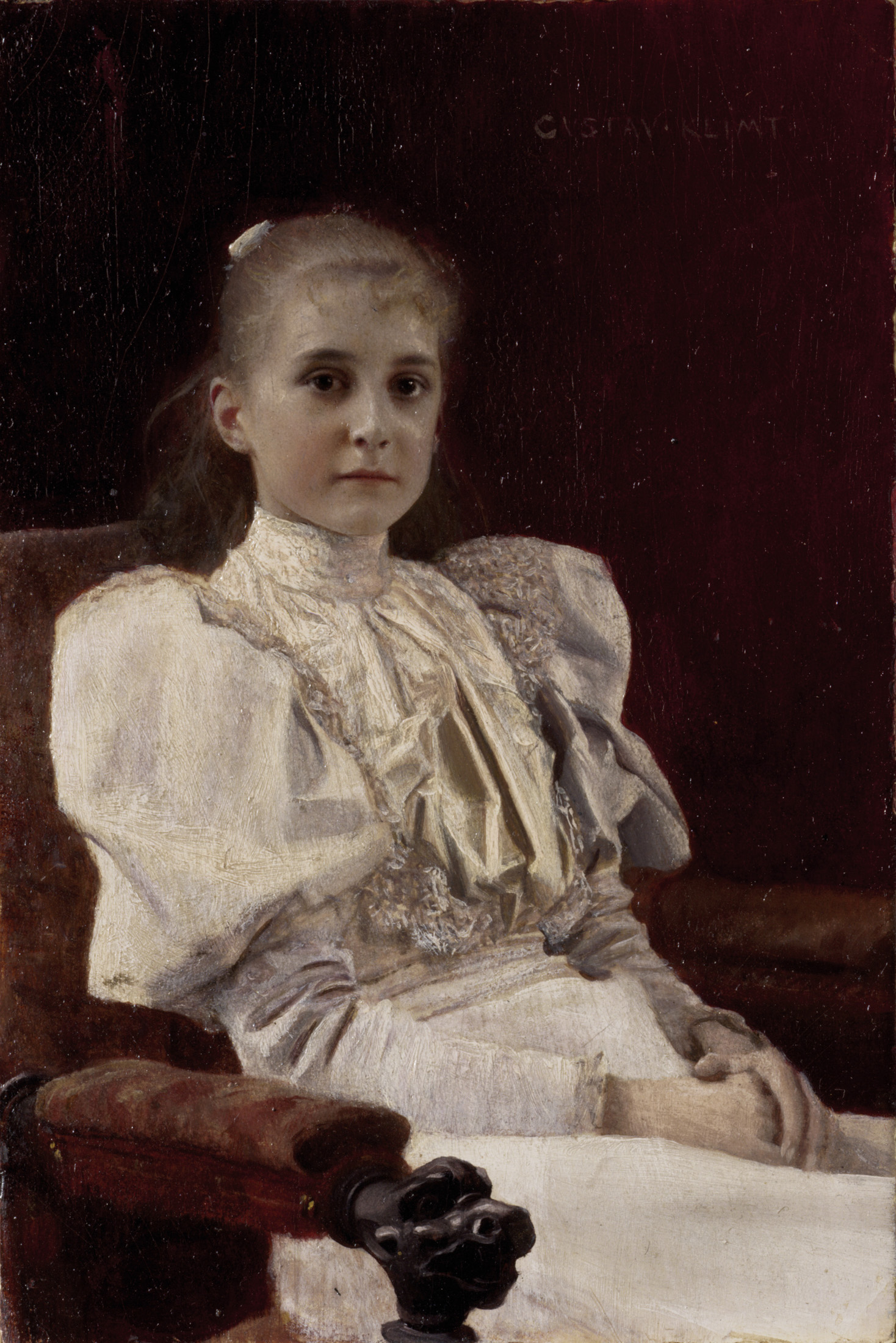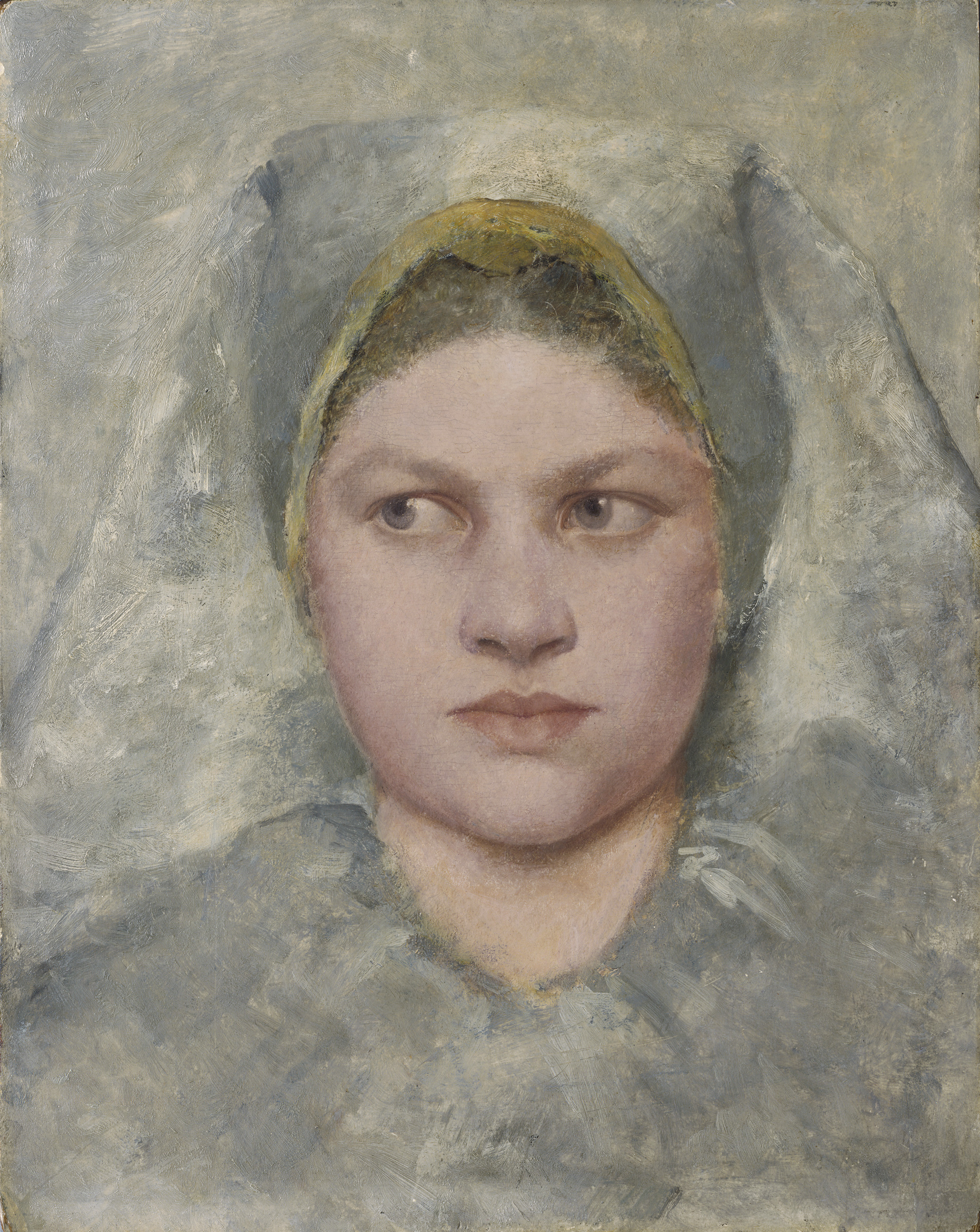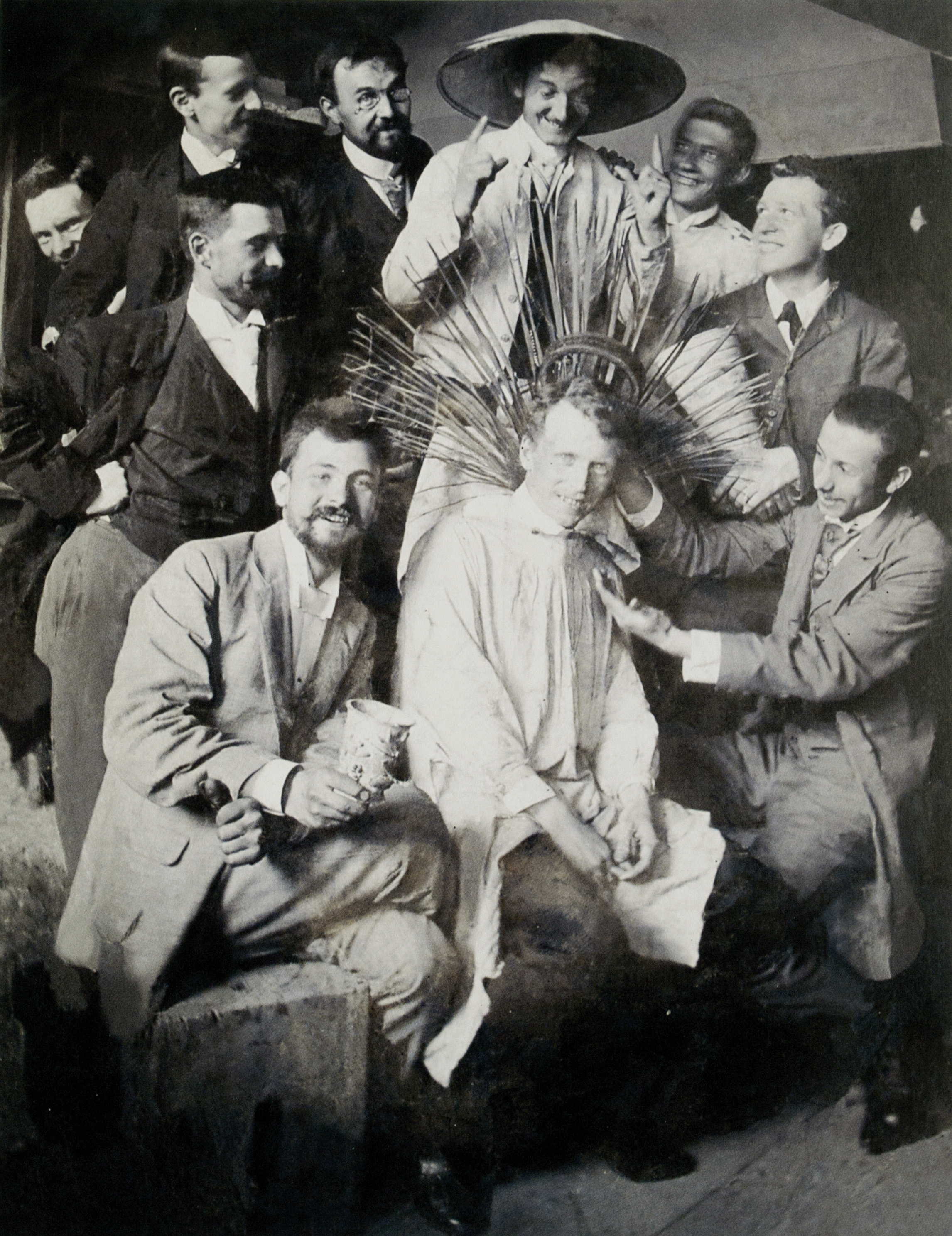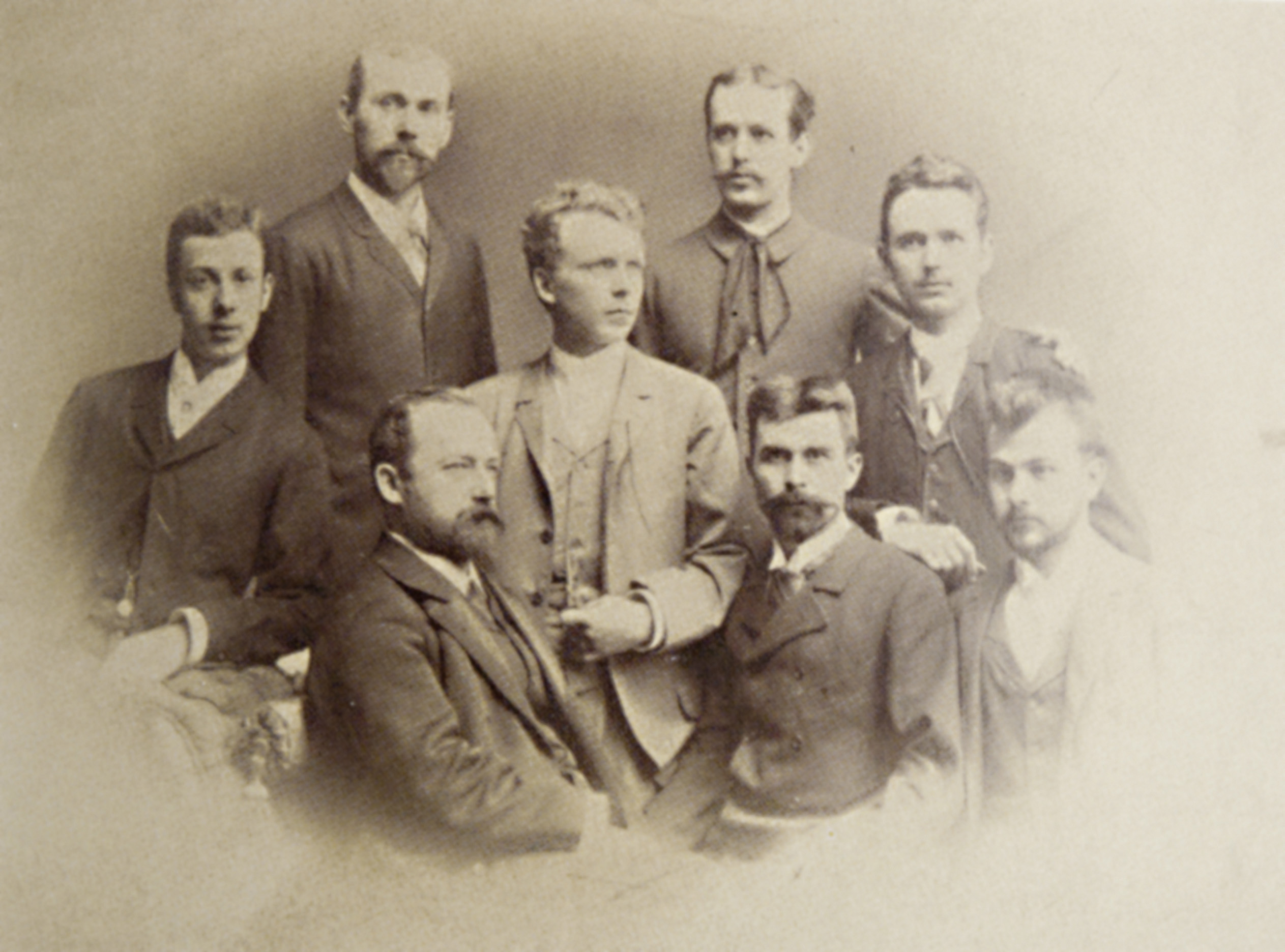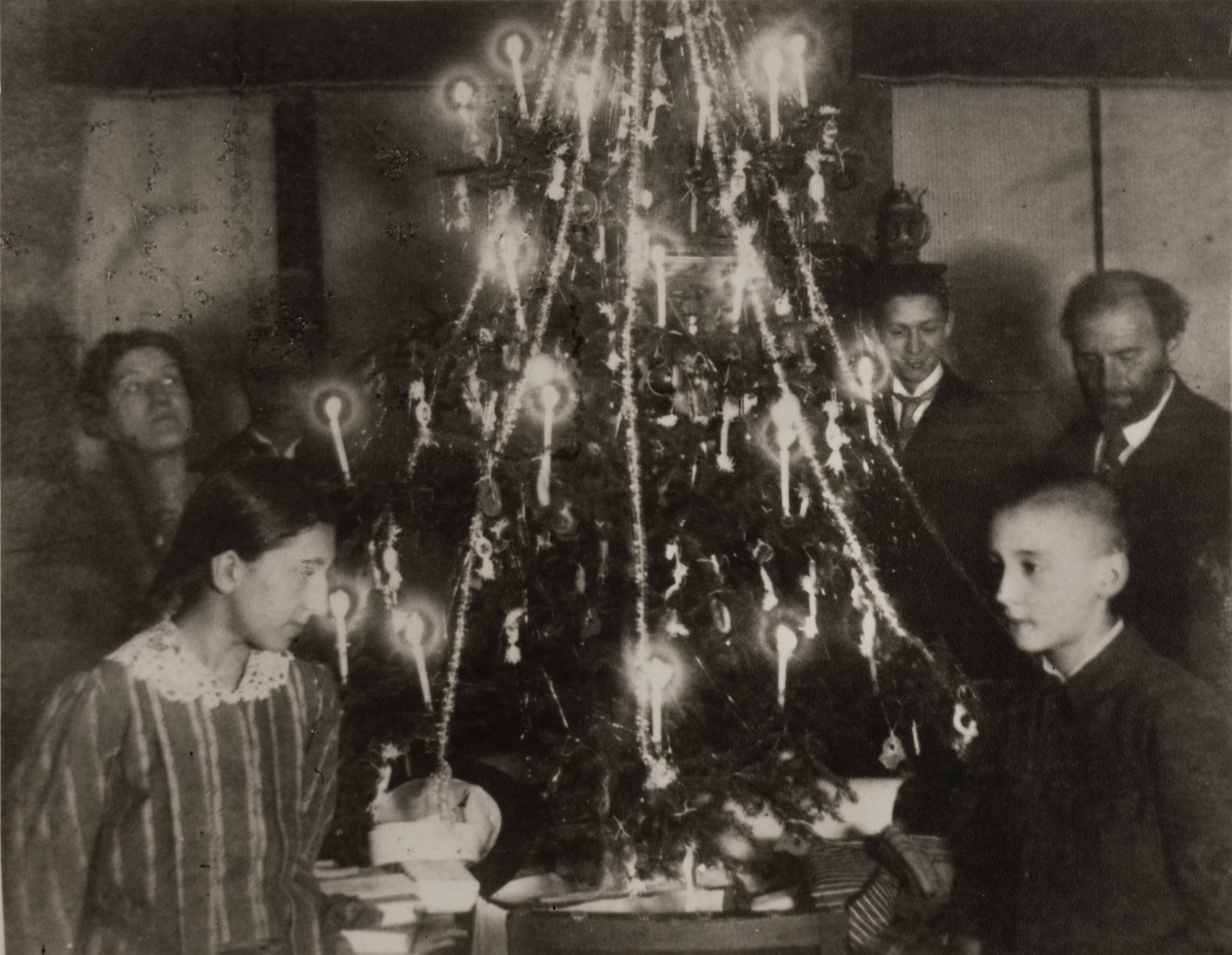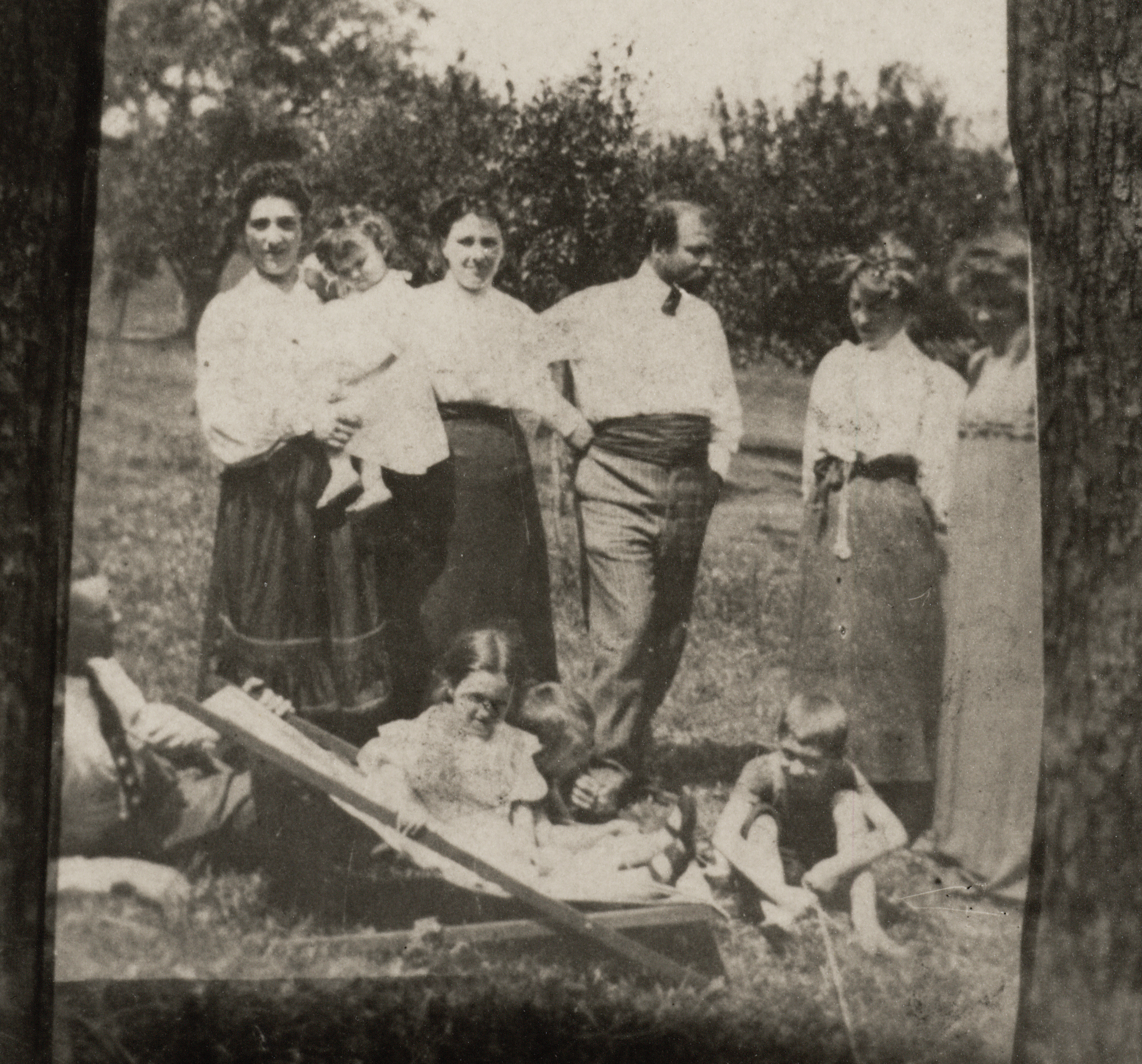1862-1883: Klimt – Up close and personal
(1862-1883)
Gustav Klimt was born into an epoch that was shaped by Historicism and which led into Modernism. His family lived in modest circumstances. His father, Ernst Klimt (1834-1892), migrated to Vienna with his parents as an eight-year-old from northern Bohemia and was apprenticed to become a simple engraver. His mother, Anna Klimt (1836-1915), came from the Viennese suburb Margareten. They married in 1860 and, after the birth of their daughter Klara (1860-1937), Gustav Klimt came into the world on 14 July 1862 as their first son. Five more children followed: Ernst (1864-1892), Hermine (1865-1938), Georg (1867-1931), Anna (1869-1874) and Johanna (1873-1950) [1]. Klimt’s birth house, Linzerstrasse 247, was located in the suburbs outside Vienna in the rural Baumgarten, which today is part of the city’s fourteenth district[2]. In 1867 the Klimt family moved to Lerchenfelderstrasse in the eighth district, and shortly afterwards to the seventh district, into Neubaugasse 51.
Their father’s wages were barely enough to feed the big family. Gustav was also supposed to become an engraver, but his teachers at elementary and secondary school advised his parents to allow him to take the entrance examination at the Arts College of the Imperial Austrian Museum for Art and Industry (today the University of Applied Arts), which Gustav passed, as his two brothers did shortly afterwards. From 1877 on, he attended classes to become a drawing instructor and in doing so met his later colleague at the “Künstlercompagnie” – Franz Matsch (1861-1942). Shortly before the end of his course, their studies were extended and Matsch and Klimt found their way into the class of their first promoter, the “Klasse für Malerei und decorative Kunst” (Class for Painting and Decorative Arts) [3-4] held by Julius Laufberger (1829-1881).
During that time, the financial situation of the family, which now lived at Mariahilferstrasse 75 in the sixth district, had gradually improved. During their free time, Gustav and Ernst Klimt fashioned portraits from photographs. By selling these works they were able to support the family fairly well [5]. Besides teaching them the basics and techniques of painting, Laufberger frequently involved his students in his own commissions and by doing so
the two Klimts and Matsch soon became familiar with the art market. In 1883 the talented young students finished their education and consolidated their existing collaboration by founding the Künstlercompagnie, which brought them numerous jobs within the Austro-Hungarian Empire until Ernst’s death in 1892.



